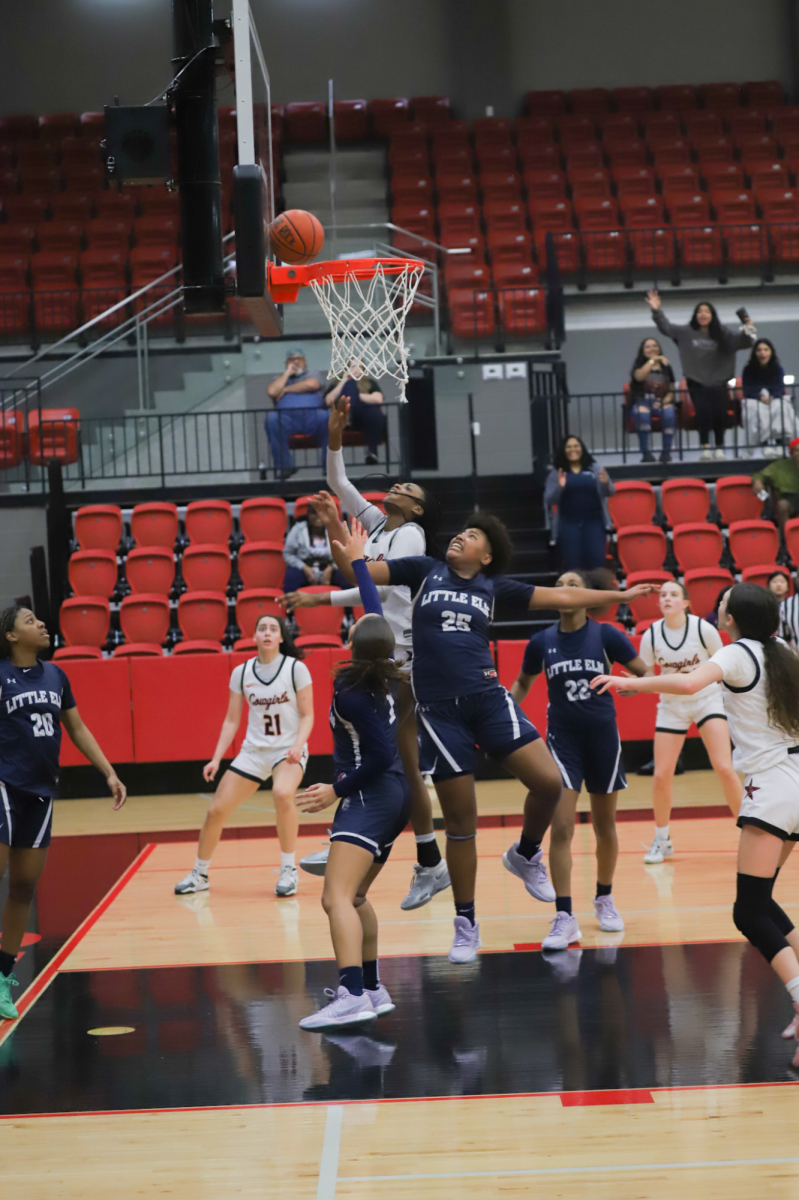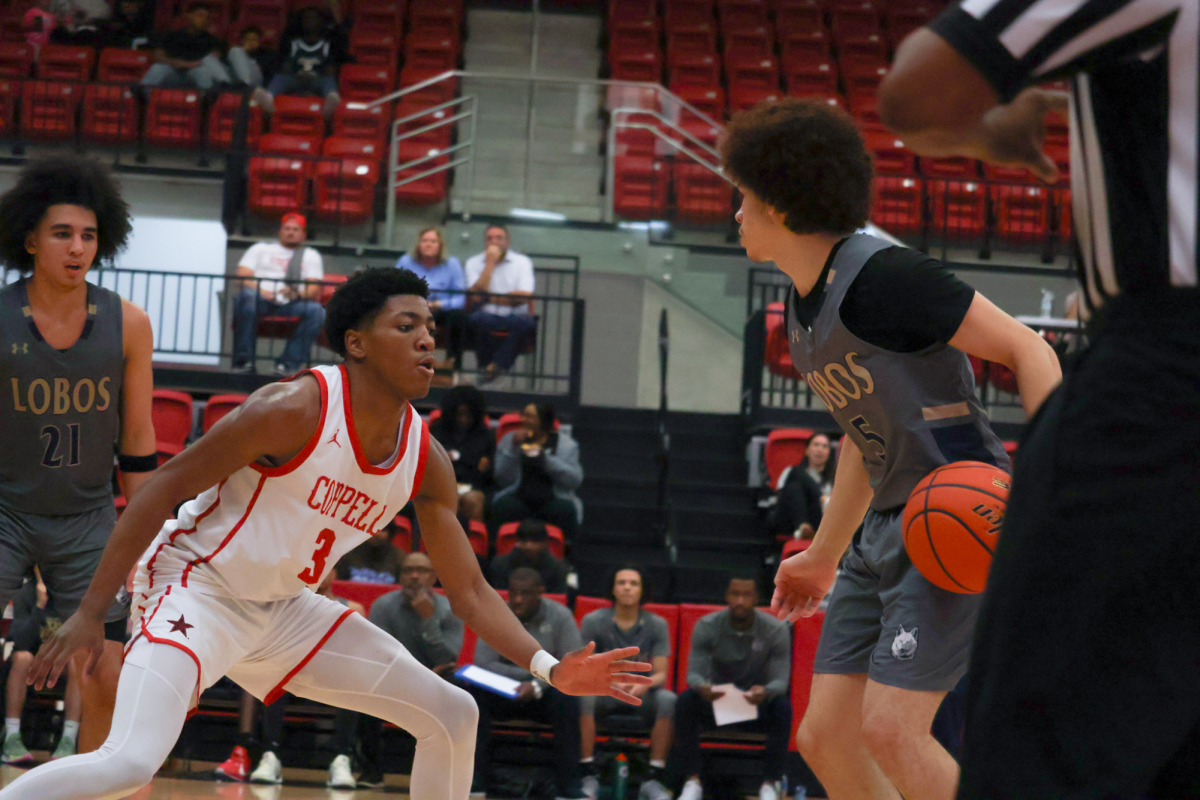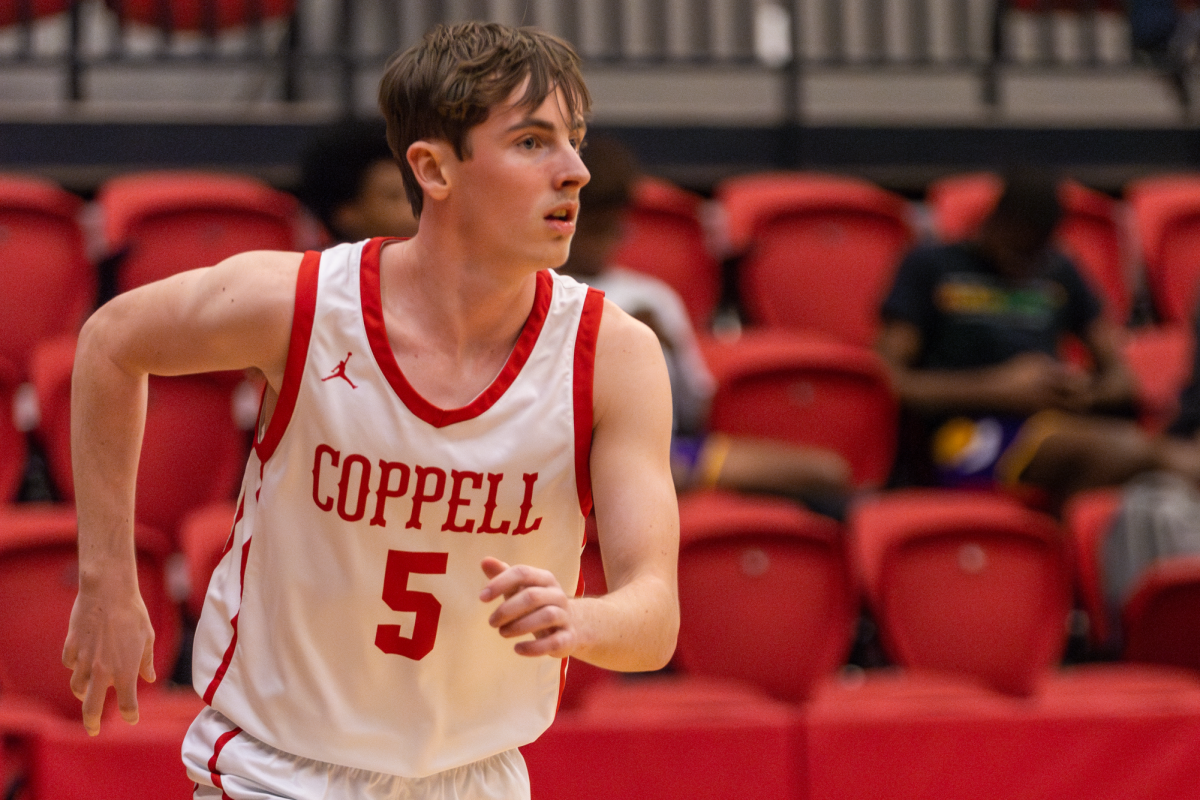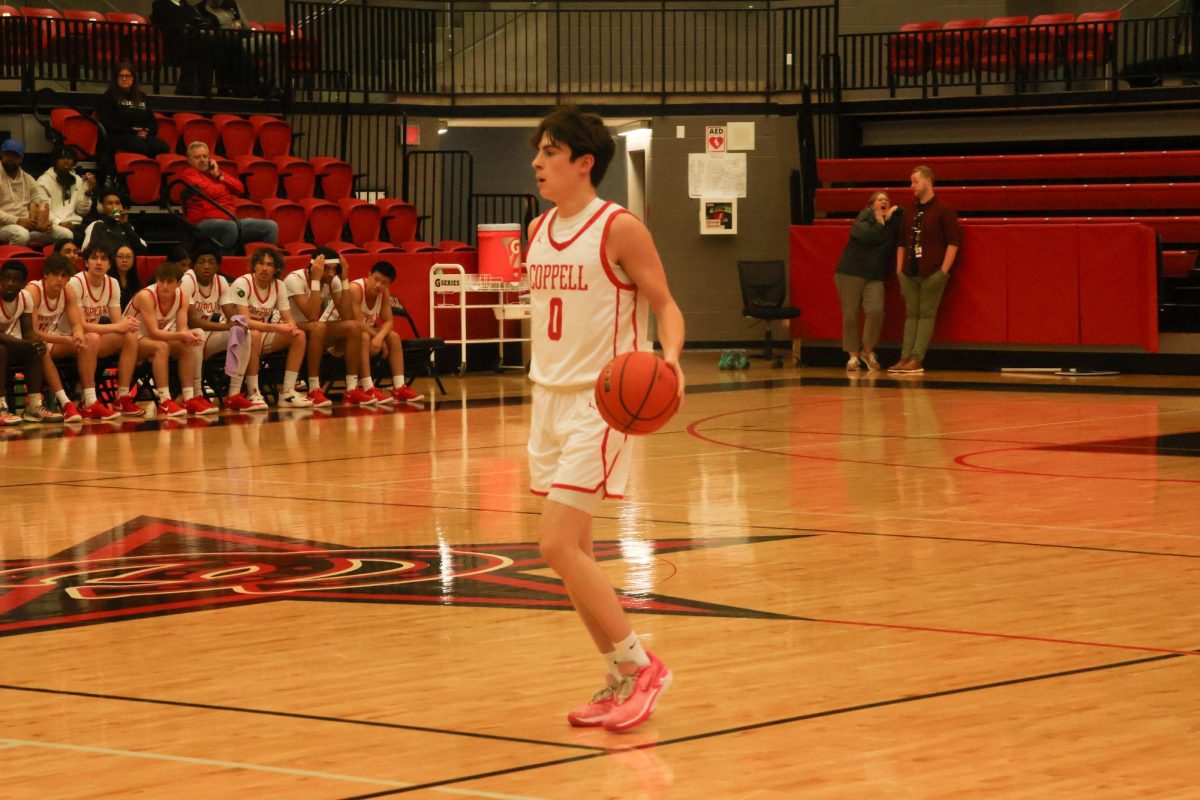By Nathan Reck
When it comes to college sports whether a team succeeds or fails often comes down to recruiting. Yeah, I know a team needs good coaching, senior leadership, heart and a little bit of luck to be good, but when you break it down it all comes back to talented players.
Those senior quarterbacks and middle linebackers all came from somewhere and a coach can only take his team as far as the talent allows, and heart and luck won’t provide the consistency that talent will. So in turn building a successful program starts and ends with what a bunch of high school seniors think.
Because of the importance recruiting has on the future of a program it has continually gained emphasis over the years to the point that coaches have offered scholarships to players as young as 13 (only the utterly ridiculous USC coach Lane Kiffin has done this) and sites to monitor recruiting have popped up all over the Internet as they try to make a quick buck.
Now I’m not going to defend the idea of offering scholarships to 13 year olds or even the idea of scouting 13 year olds. I mean they are only in the seventh grade. I am going to defend the actual process leading up to signing day each year that is called recruiting.
The process has changed drastically over the years.
“Back when I was recruited I didn’t even hear anything until my senior year,” Coppell football coach Joe McBride said. “That is the way it should be if you ask me. It should be base off of a players complete body of work.”
McBride graduated from Lewisville High School in 1985 and went on to play linebacker at Texas Tech.
Today it isn’t uncommon to see players receive first contact sophomore year if they display excellent potential.
While that may still sound too early, you have to remember that most of the time contact early on is only through the mail in terms of questionnaires and letters of interest. Early contact also often involves college programs contacting the high school coaches in order to get tape on players of interest.
Junior year is normally when the real contact begins, but even then the number of phone calls and the amount of time spent with recruits is greatly restricted by regulations put in place by the NCAA. Sure coaches find ways around the rules, but that is always going to be the case and any violations are met with further restrictions on recruiting and often penalties in terms of future contact with players.
Then senior year rolls around and all of the official visits occur and the hype kicks in as February signing day approaches and fans and coaches become apprehensive. Everything a coach has worked toward for over two years at times hangs on a decision that is to be made by a high school senior. A senior that has a lot to think about as it is with prom and graduation just around the corner. Not to mention grades, I mean even if he is the best quarterback since Peyton Manning, he still has to get in and maintain the grades once he gets there.
With all this chaos though the process should be looked on in a positive light. A scholarship to many athletes can be the difference between going to a major university or working part time while attending community college classes.
“It is important to realize that the most important thing to focus on is still getting an education,” CISD athletics director John Crawford said. “Sports could end in an instant due to injury whether we like it or not, but a degree can’t be taken away.”
For the negatives and risks of early recruiting look at Peter’s article









